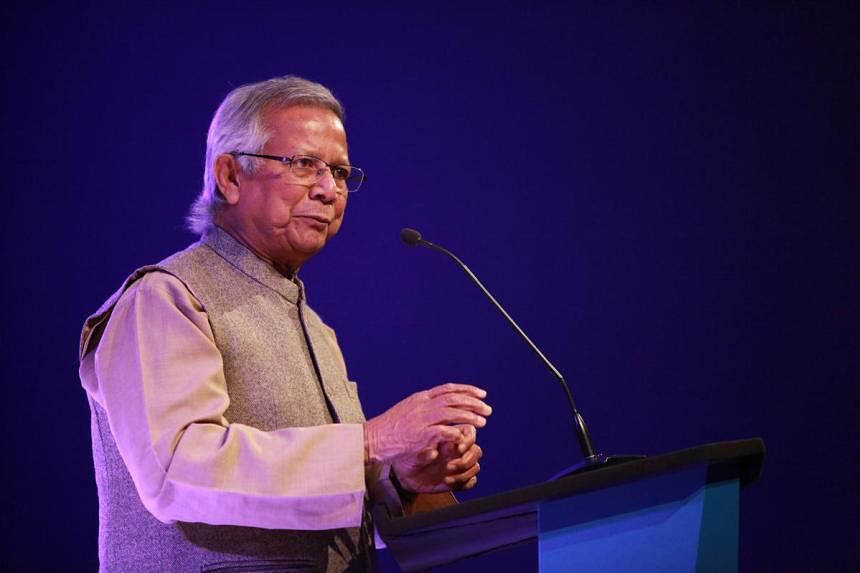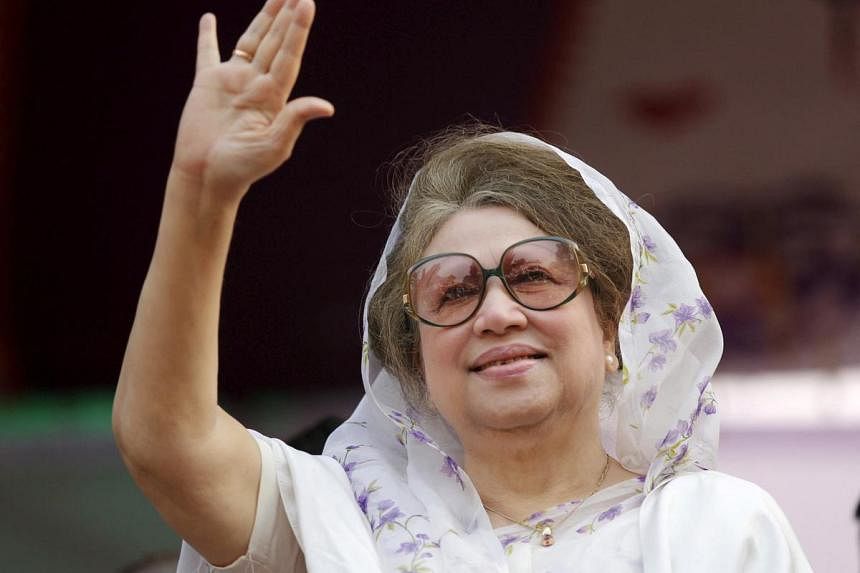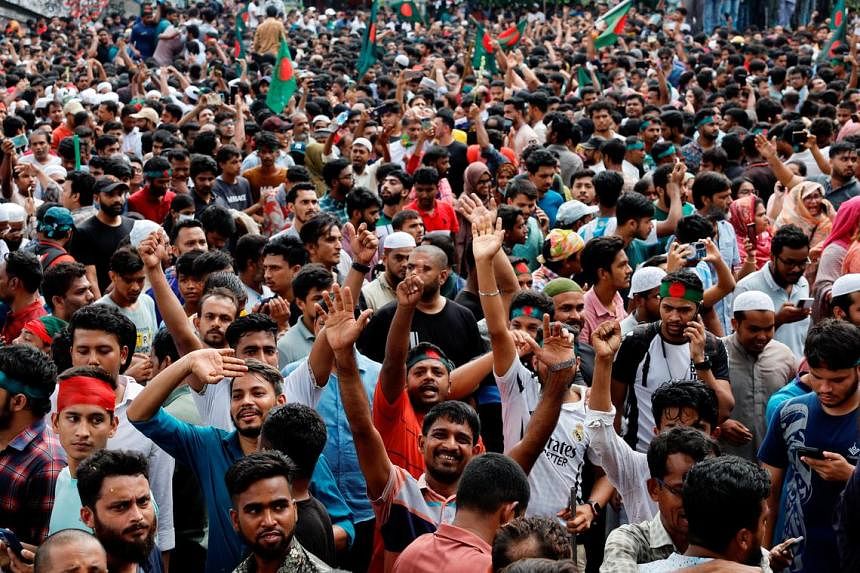The recent protest in Kenya has come out as deadly. The protest was triggered by the new taxation bill, which imposes new taxes on vital day-to-day goods.
ByHaoyu "Henry" Huang
August 6, 2024

The recent protest in Kenya has come out as deadly. The protest was triggered by the new taxation bill, which imposes new taxes on vital day-to-day goods. Thirty-nine people have lost their lives while part of the Parliament was burnt. President Ruto has declared that he will not approve the new tax bill and introduce reformation methods, and uncertainty still looms over the Nairobi government.
Although East Africa enjoys political stability for the most part, the protest in Kenya should also warn the other East African countries. Similar elements could become lethal to Kenya’s East African neighbors, especially Tanzania and Uganda. From unstable financial situations to external challenges to internal dissatisfaction, the elements that led to the Nairobi protest could also develop and trigger insurgency in the region.
Unstable Financial Situation
East African nations have similar economic challenges. Rising taxes caused an outburst of public dissatisfaction in Nairobi. The proposed tax hike is part of the plan to address the debt crisis that Kenyans have been suffering for years. Kenya currently has 80 billion dollars of public debt, almost worth 80% of its GDP. The interest payment alone eats up 27% of Kenya’s expenditure.
The East African country shares similar issues. Although Tanzania’s debt-to-GDP ratio is at 35%, a much healthier level than Kenya’s, the rapid debt growth is still alarming for the Dodoma government. In 2023, Tanzania’s debt grew significantly from June 2023 to January 2024. The debt was due to the growing infrastructure projects in Tanzania. However, Uganda’s situation is even worse as the debt snowballs. The Ugandan government even has to put new regulations on commercial borrowing to avoid debt snowballing.
Growing debt comes with an ever-increasing financing cost. The Kenyan government had to launch a buyback of its Eurobund to avoid sovereign default earlier this year, which saw a significantly rising interest rate and added extra refinancing costs. The other East African countries face a similar situation. Although Tanzania and Uganda are in better shape than their neighbor, the high-interest payments have also made international investors doubt the stability of the Ugandan bond in the long term. Tanzanians also pay 11% of their expenditures on interest, which is too high compared to other countries. These payments also diverted resources from education and health, areas that desperately need investments.
External Challenges
The unstable financial situations make these countries rather sensitive to external challenges. However, with a growing international interest rate combating inflation and price hikes due to the ongoing Russian-Ukraine War, the East African countries face similar challenges that could worsen their economies and shake their stability.
The international trend of rising interest rates has put these countries in limbo. The United States has kept its interest rate high to combat inflation. This made dollars outside of the US started flowing back into the country. With fewer US dollars in the international market, the value of the US dollar went up significantly. The Kenyan shilling lost 20% in 2023 against major currencies. Similar devaluation also happened to Tanzania and Uganda shilling. To East African countries, the high-rise exchange rate meant higher refinancing costs. The majority of the debt of these East African countries is in foreign currency. A higher exchange rate means that the governments have to pay higher interest while the future payback rate is higher.
Rising international prices also significantly hindered the East Africans’ ability to balance their books. These East African countries are major importers of manufactured goods and fuel. The rising international prices since 2022 have taken a significant toll on these countries. The fuel price increased by 17% within a short time last year in Tanzania. Similar stories have also happened in Kenya and Uganda. Since the amount of imports has increased while the cost keeps rising, the prices could further drag the fragile East African economy down.
Also, the trade barriers between East African countries have hindered economic growth. Tanzania, Uganda, and Kenya all have trade barriers and regulations against each other. These trade barriers have already damaged the internal trade between East African Community members. As Tanzania, Uganda, and Kenya all heavily rely on each other for export revenue, the trade disputes only further drag these countries down.
Internal Dissatisfaction
Although East Africans have enjoyed political stability for many years, there are still challenges in their societies. Indeed, these countries have enjoyed significant development over the years, with many people lifted from poverty. However, corruption, lack of economic opportunity, and growing inequality could still lead to a total eruption of public anger.
The protest in Kenya started with the new taxation bill and the massive tax proposed by the Kenyan government. However, fundamentally speaking, the protest also originated in political uncertainty and corruption that has loomed over Kenya for many years. Since the 2022 election, Kenya has been under tremendous pressure, as the questions about the election result grows. Meanwhile, the country still ranks 126 out of 180 countries in the Corruption Perceptions Index. Bribery is everywhere, from exiting and entering the country to conducting business there. All of these fueled the people’s anger and contributed to the protest.
Taxation and its corruption are also problems for other East African countries. Tanzania has collected record-breaking monthly revenue in the last year. Yet, with an 18% VAT, goods and services in Tanzania have become more expensive. The lack of clarity and corruption in the taxation system has created dissatisfaction among international businesses in Tanzania. The harassment and corruption associated with the Tanzania Revenue Service have triggered traders in the nationwide markets to launch a strike. Although the government responded quickly and worked with the traders, this is still a dire sign that public anger has reached a new high.
Similar stories also happen in Uganda. The Ugandan government has proposed a new bill to collect new taxes and introduced a new revenue-collecting system earlier this year. Yet, the country could not generate enough revenue due to the inability to tax the rich while the massive corruption spreading. The government has to try to milk the revenue out of small businesses, which is ultimately harmful to all businesses. In April, Uganda traders also protested against the newly imposed taxation and called it unfair towards them.
Conclusion
Although the East Africans have enjoyed stability and development in the past decades, the signs indicated by protests in Kenya should not be underestimated. While the international environment is far from ideal, the unstable financial situation and internal struggle could quickly bring a potential tsunami if not appropriately addressed. For countries with history of instability like Kenya and Uganda, further development of the ongoing situation could shake the foundation of the current regime.















)